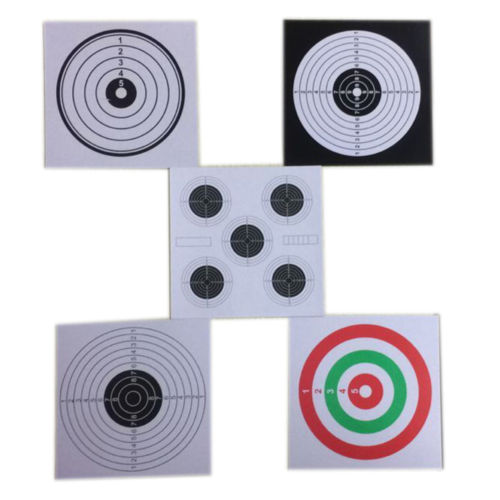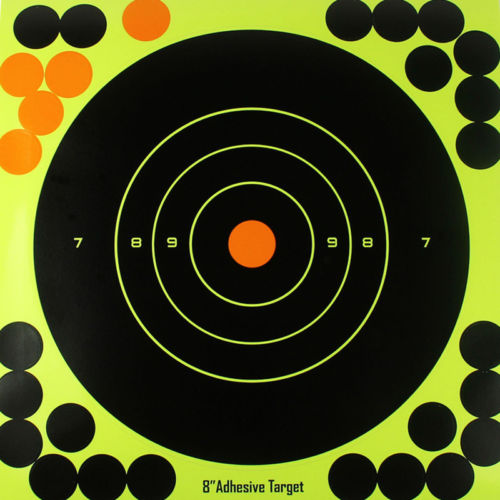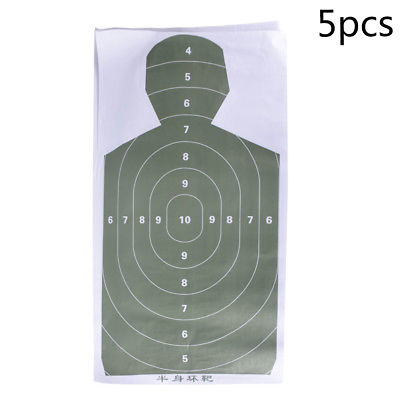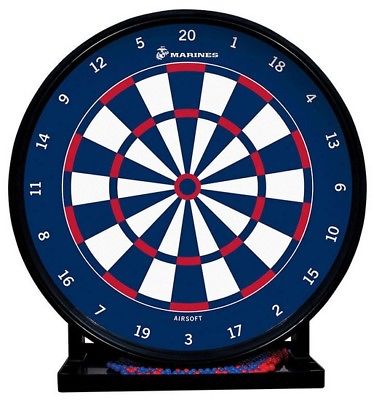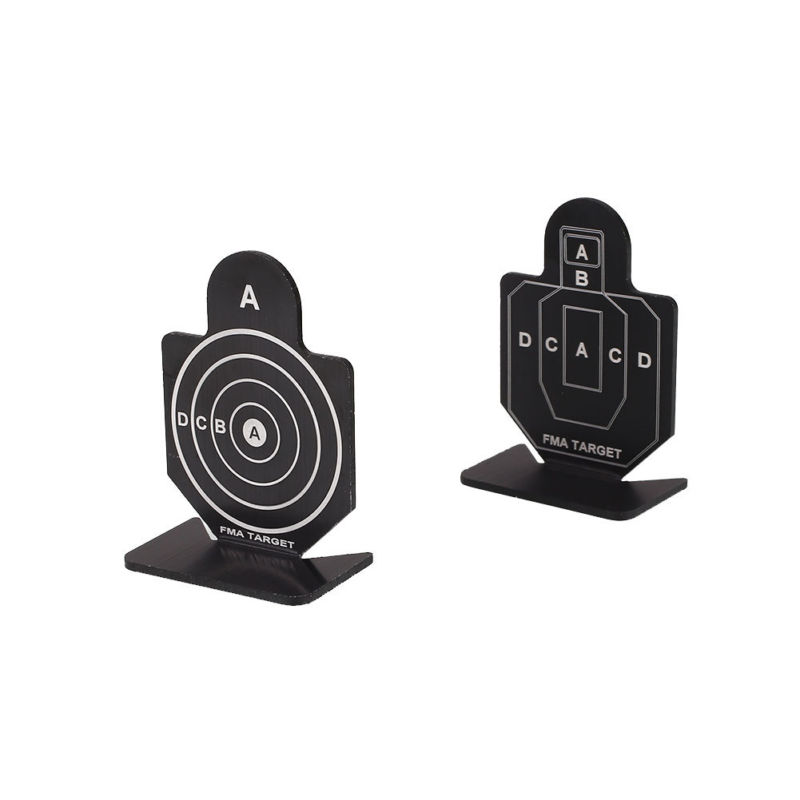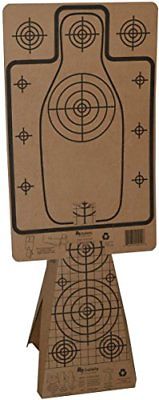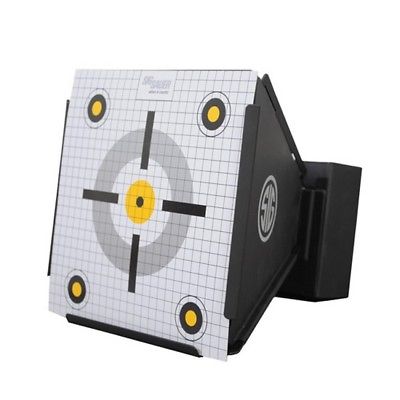Target shooting is now favorite nowadays with action films and media games since the most substantial influences. Some take to ease stress or frustrations with somebody. Others only need to hone their skills for searching maybe. Whatever is why goal shooting is a rewarding activity and can be a game most have picked up on. The principle is simple: take at the target with as much accuracy as you can muster. If you would like to join the bandwagon, you have to collect your equipment. You’ll require a gun that might be a pistol or rifle. Most countries need a permit to obtain a weapon to be confident that you acquire this original. It’s also suggested to choose a simple gun safety course if it is your first time to manage such a potent weapon. Bear in mind that a gun isn’t a toy so handle it with care. You’ll also want earplugs or earmuffs to protect your ears from the loud noises of these shots, besides, to reduce noise to offer you better goal. Furthermore, wear safety goggles to guard your eyes against any openings which may come from a lousy shot. One other important consideration to secure is that a shooting goal that could be moving or stationary. A moving target is harder and employed for innovative target practice. In first goal shooting, the purpose is mounted or suspended, typically printed on a sheet of paper.
Additionally, it may be made from steel like steel silhouettes, bamboo, and cardboard
There are various sorts of steel objects available on the industry these days made using high-grade steel for years of durability. These goals are often simple to set up and reset so that you do not need to walk down the scope each time you reach the goal. Some require no meeting whatsoever so that you do not need parts or resources to put this up. They can easily be folded for storage so that you can enjoy hours of shooting fun without the trouble of cleaning up a mess after.
Some steel objects have a reset goal which when taken will reverse back the purpose of a beginning place for one more round
The steel rotation target is going to do a rotation action when taken that also functions as a reset act since it will twist back to its initial position. You can shoot side by side with a friend for actions which you may see and listen to. The steel dueling tree goals are fantastic for friend shooting. Targets move side-by-side smoothly for rapid movement so that you can see which shot accomplishes their side of goals first. Last, steel silhouette targets are best if you would like to sharpen your abilities. It’s a personal practice goal among squirrel hunters.
The very first things to keep in mind for gun security are
Always take care of any gun as though it were loaded. Never presume that a firearm is unloaded. Whenever you handle a weapon, the very first thing to do is to point the muzzle in a safe direction, be confident that the security apparatus is engaged, and check to find out if the gun is loaded. The only way to make sure a firearm isn’t loaded would be to analyze it. If you don’t know how to decide if it’s loaded if you don’t understand how to start the action or inspect the chamber, leave the gun alone and get assistance from someone who does know how to test.
Some great practices for shooting are
Keep the gun unloaded when not being used. Unload your firearm if not being used. The only time that a weapon ought to be loaded is instantly before using it to take. Don’t transport a loaded gun. Leave the activity open and keep the gun in a situation when traveling to and from shooting places. While searching, empty and open the room of your firearm before scaling a tree or jumping over an obstruction. In case you’ve got a carry license for self-protection, maintain the office of the rifle unloaded when taking to reduce the probability of an accidental release. Find out about the rifle and how to use it securely. Discover how the gun works before tackling it. Know the fundamental parts and characteristics of any firearm you’re using; such as the security mechanism, how to open and close the activity safely, and the best way to load and remove any ammunition from the gun.
Keep the gun to keep it functioning safely
The same as every mechanical instrument, any firearm needs routine upkeep. General upkeep, for example, regular cleanings and suitable storage, are required to maintain a gun in good shape. Routine cleaning will help keep your rifle functioning safely and correctly. After each use, clean and oil your firearm to safeguard corrosion, accumulation of impurities and harm to the barrel again. The excellent cleaning will also help maintain the gun’s worth and prolong its lifetime. Store and carry your firearm so that dust and dirt can’t collect from the functioning parts.
Use appropriate and proper ammunition for your gun
The only ammo that’s designed for a particular rifle is safe to be fired in that rifle. The release of ammo in a firearm that’s not intended to take that ammunition could be harmful. The grade or gauge is signaled on the barrel, frame or receiver of a gun. Ammo can be identified by look over the headset postage to ensure it matches with the caliber or gauge of your firearm. If the ammunition has no marking on the mind stamp or cartridge, then check the original ammunition packaging. Even should around fit in the firearm room, it doesn’t automatically indicate it is secure to use that ammunition from the firearm.
Manage your rifle and ammunition attentively
Don’t begin, or take any part of, any horseplay using guns. Never confront or look down the barrel from the muzzle end. Utilize trigger or gun guards and locks in your firearm if not being used. Store and transfer your rifle and ammunition separately under lock and key. Never climb a fence, tree or crate using a loaded firearm. Never jump a ditch or obstruction using a loaded firearm. Carry just ammunition that appropriately matches the grade or judge you’re shooting with your gun.
Keep your finger off the trigger until you prepared to take
Keep your finger away from the trigger until ready to take. Never break your finger over the cause, but keep it to the trigger guard or along the side of the rifle until you’re ready to fire. Never think about the security lock for a substitute for safe firearm handling. The security is a mechanical device, and it might fail. However, as an extra step keep the safety on until you’re ready to fire.
Know your goal, and what’s in front of and behind it
After shooting, understand your protected zone-of-fire. Your protected zone-of-fire is your region and management in which you can safely pull a shot which won’t result in harm or harm. Based on your firearm and ammunition, a few bullets can travel over a mile, and you have to understand how much your shot can journey. Know what’s in front of and behind your goal. Never take at the level or delicate surfaces, like stones, steel, or warm water since the bullet may ricochet. Ascertain that you have a safe backstop or backdrop supporting your goal that’ll stop your weapon. Never have a shot at a goal that’s on top of a ridge or mountain, since you don’t understand what might be on the opposing side.
Wear eye and hearing protection when you take your gun
After shooting, wearing eye and hearing protection is an essential precaution in any way times. Firearms are loud. The sound generated from a fire gun damages hearing. Hearing loss may be instant from being to close to a single muzzle burst, or slow in the vibrations caused by diminished blasts over several decades. Impact resistant shooting glasses protect your eyes from escaping gases, burnt gunpowder or metallic fragments can blow off and injure the shot. Though these episodes are rare, severe harm can happen, and lack of vision is a chance.


